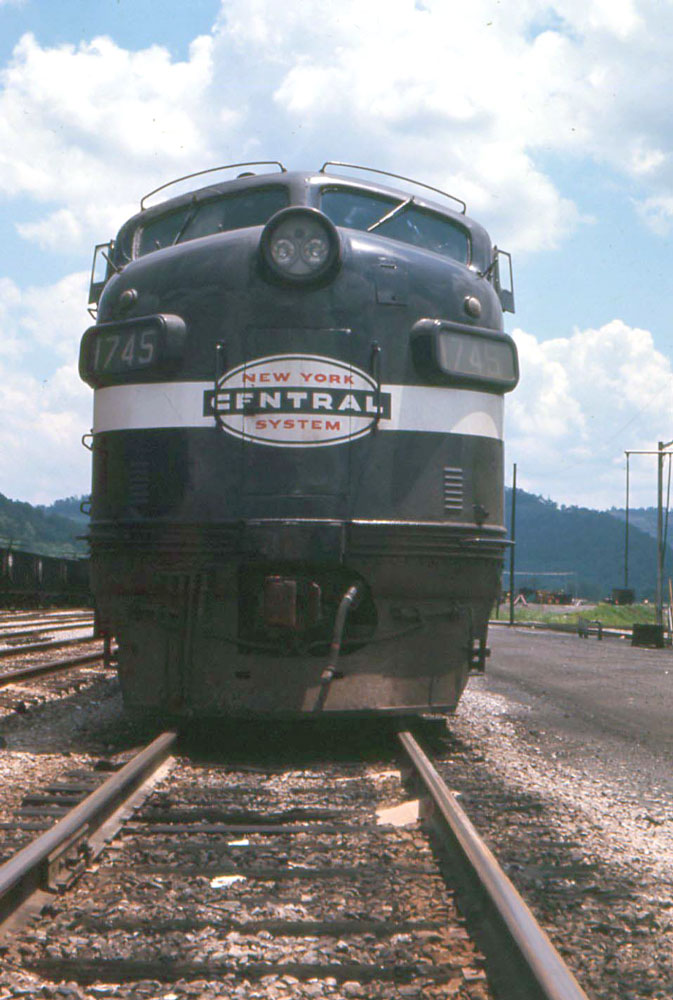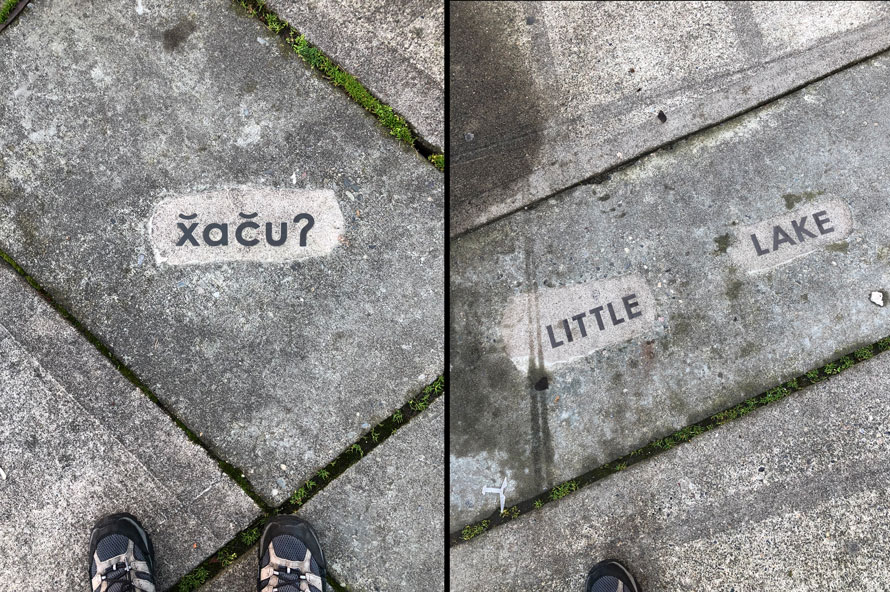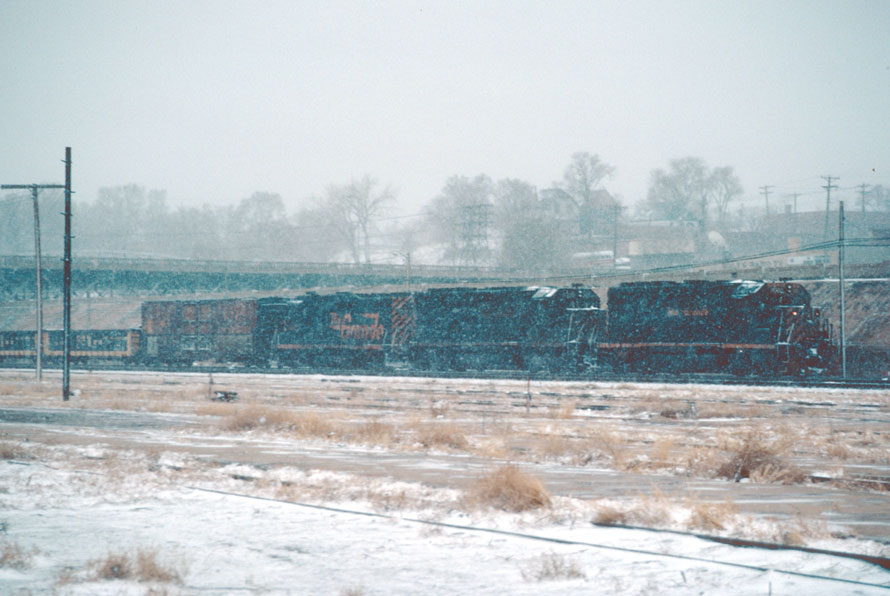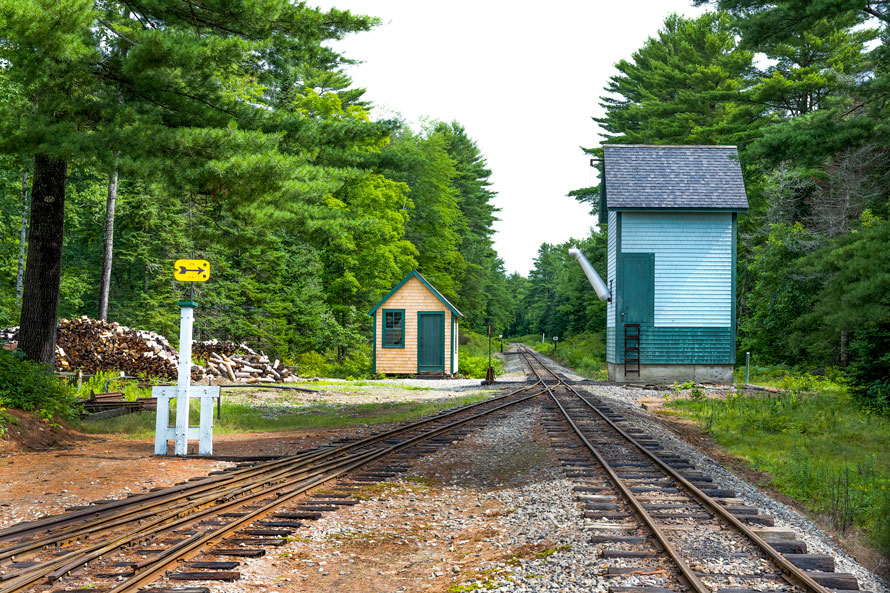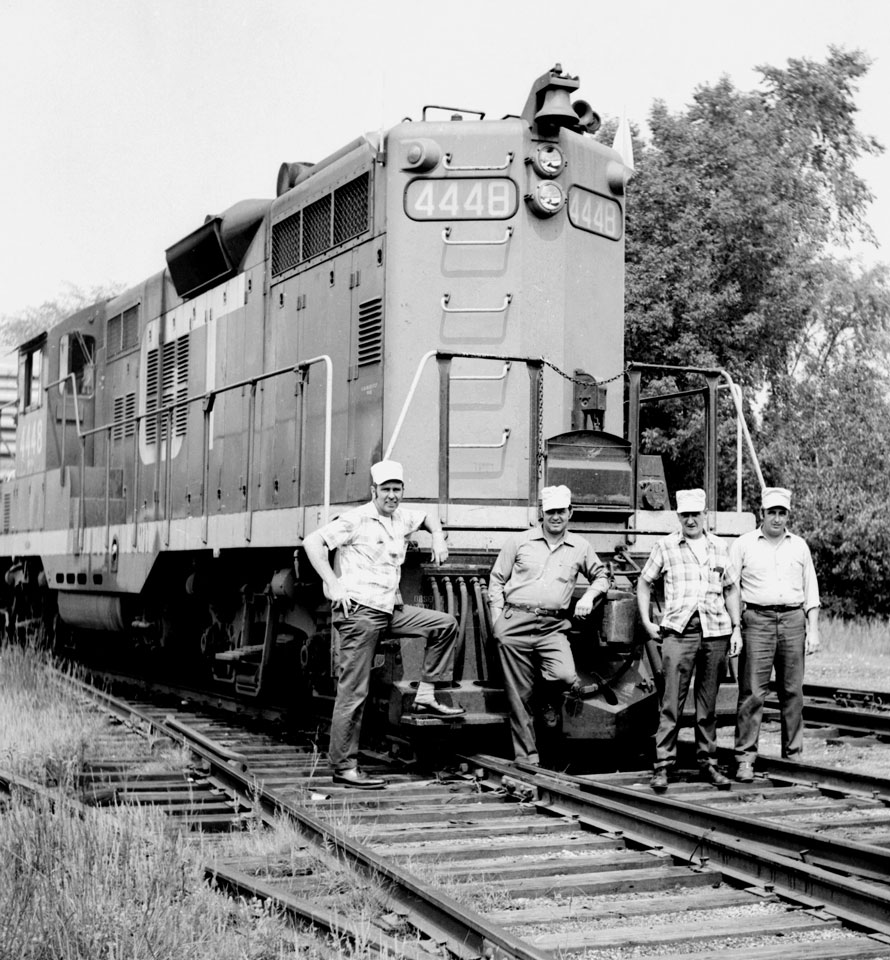
From 1966 until 1972, my parents rented a camp along Lake Pennesseewassee, in Norway, Maine. For my father, it was a break from his responsibilities on the Long Island Rail Road, and a chance to spend hours bass fishing, alone with his thoughts. When I wasn’t fishing or swimming, I’d head to Grand Trunk station in the adjacent community of South Paris. It took a bit of courage, but armed with a file of 8” X 10” glossy prints, I walked into the station and introduced myself to the block operator, a genial Quebecker named Guy Pomerleau. Guy smiled as he thumbed through the prints and told me to wait until the local switcher returned, as there was a conductor I should meet.
Read more